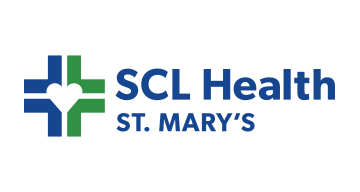

Infusion scheduling is a complex problem. Capacity, including nurse resources, is limited and fixed, while patients’ need for appointments is unlimited and variable. The mismatch between nurses and patient loads leads to busy midday “peaks” between 10am and 2pm, causing inconsistent nurse workloads, missed lunch breaks and a higher risk of burnout. By instead level loading the infusion schedule throughout the day, infusion centers can unlock additional capacity while providing predictably paced shifts for nurses.
Two leading cancer centers, Chicago-based Rush University Cancer Center and Nebraska Medicine (Omaha), have been leveraging the AI-powered iQueue for Infusion Centers solution for over five years to “smooth schedules”, increase efficiency, improve patient access by accommodating higher appointment volumes, and enhance nurse satisfaction by providing full, consistent work weeks.
In this presentation, leaders from Rush University, Nebraska Medicine, and LeanTaaS explore the unique challenges involved in optimizing infusion schedules to make the best use of chairs, nurses, and other resources, the reasons that AI technology is required to create optimized infusion schedules, and the ways cancer centers have applied and grown this technology to continue improving their own operations and better serve patients and nurses alike.
Viewers of this webinar will be able to:








Take the first step towards unlocking capacity, generating ROI, and increasing patient access.
If you work in the healthcare industry, or even if you’re just an interested observer, you don’t need a book to tell you that the financial pressure is on as never before. A perfect storm of circumstances is swirling together, one that will make survivability, not to mention profitability, a greater challenge for healthcare companies than we’ve seen in the modern era.
As with banks, retailers, and airlines, which had to rapidly enhance their brick-and-mortar footprints with robust online business models—it is the early movers eager to gain new efficiencies that will thrive and gain market share. The slow-to-move and the inefficient will end up being consolidated into larger health systems seeking to expand their geographical footprints.
Let’s look at just a few of the looming challenges healthcare must meet head-on.
An aging population
By the year 2030, the number of adults sixty-five years of age or older will exceed the number of children eighteen years or younger in the United States. We are living longer than our parents did. Positive news for sure, but problematic for several reasons.
The older we get, the more medical help we need. Older people have more chronic diseases. By 2025, nearly 50 percent of the population will suffer from one or more chronic diseases that will require ongoing medical intervention. This combination of an aging population and an increase in chronic diseases will create a ballooning demand for healthcare services.